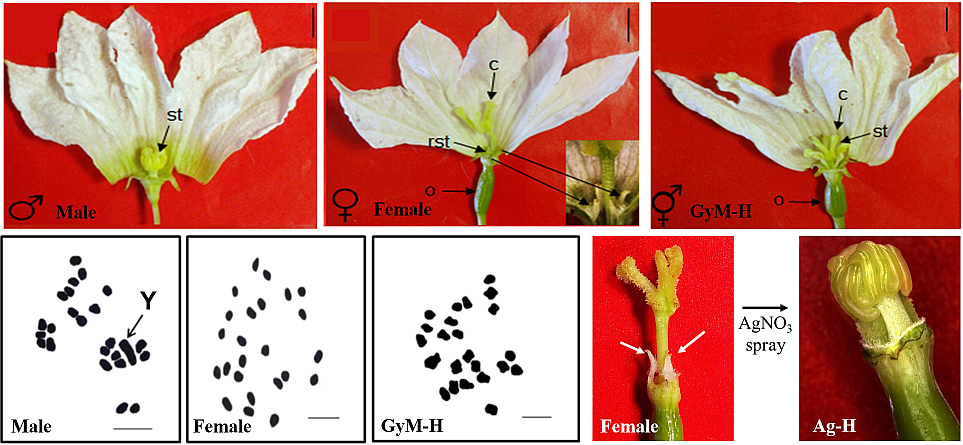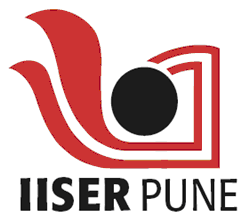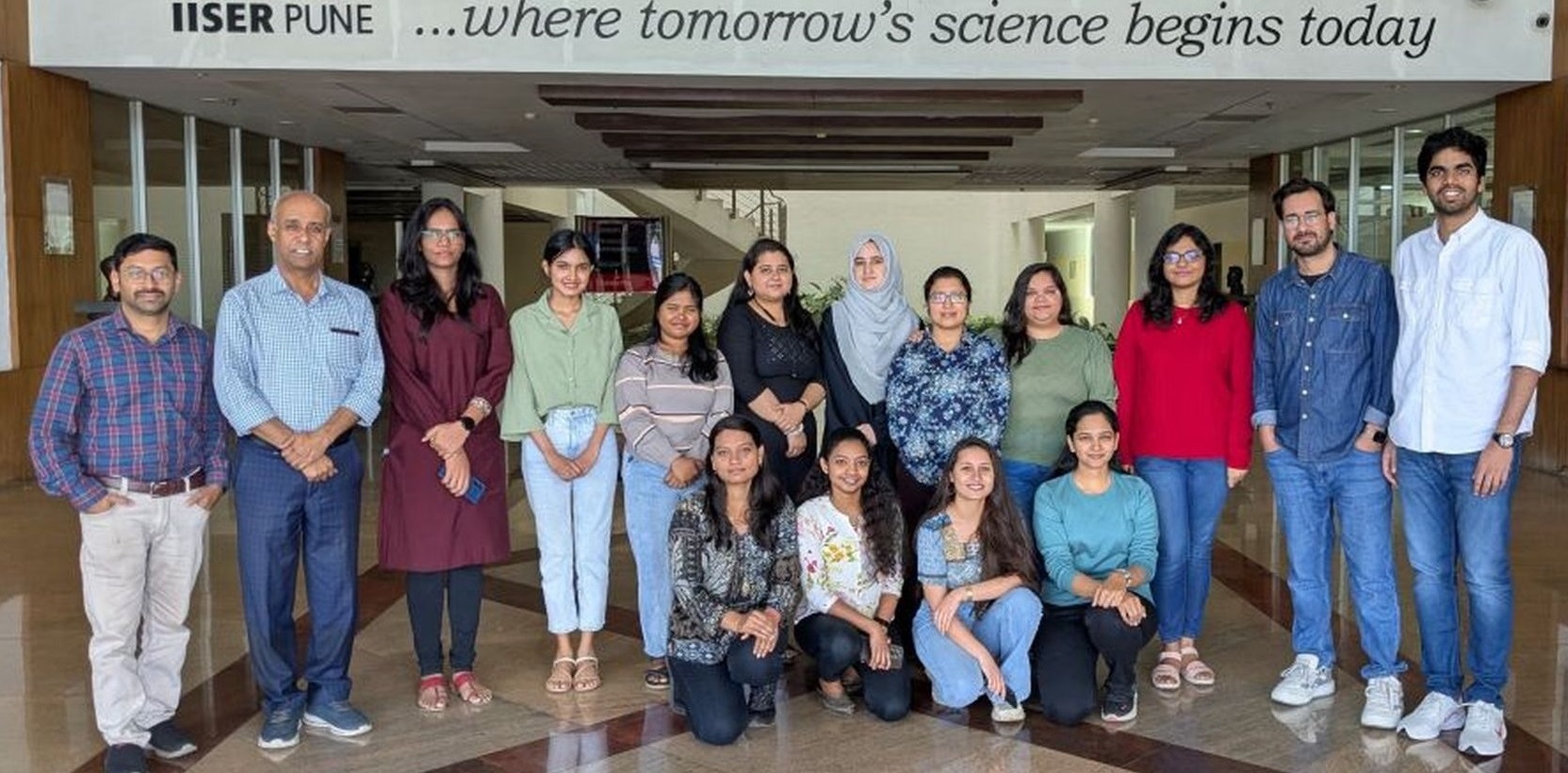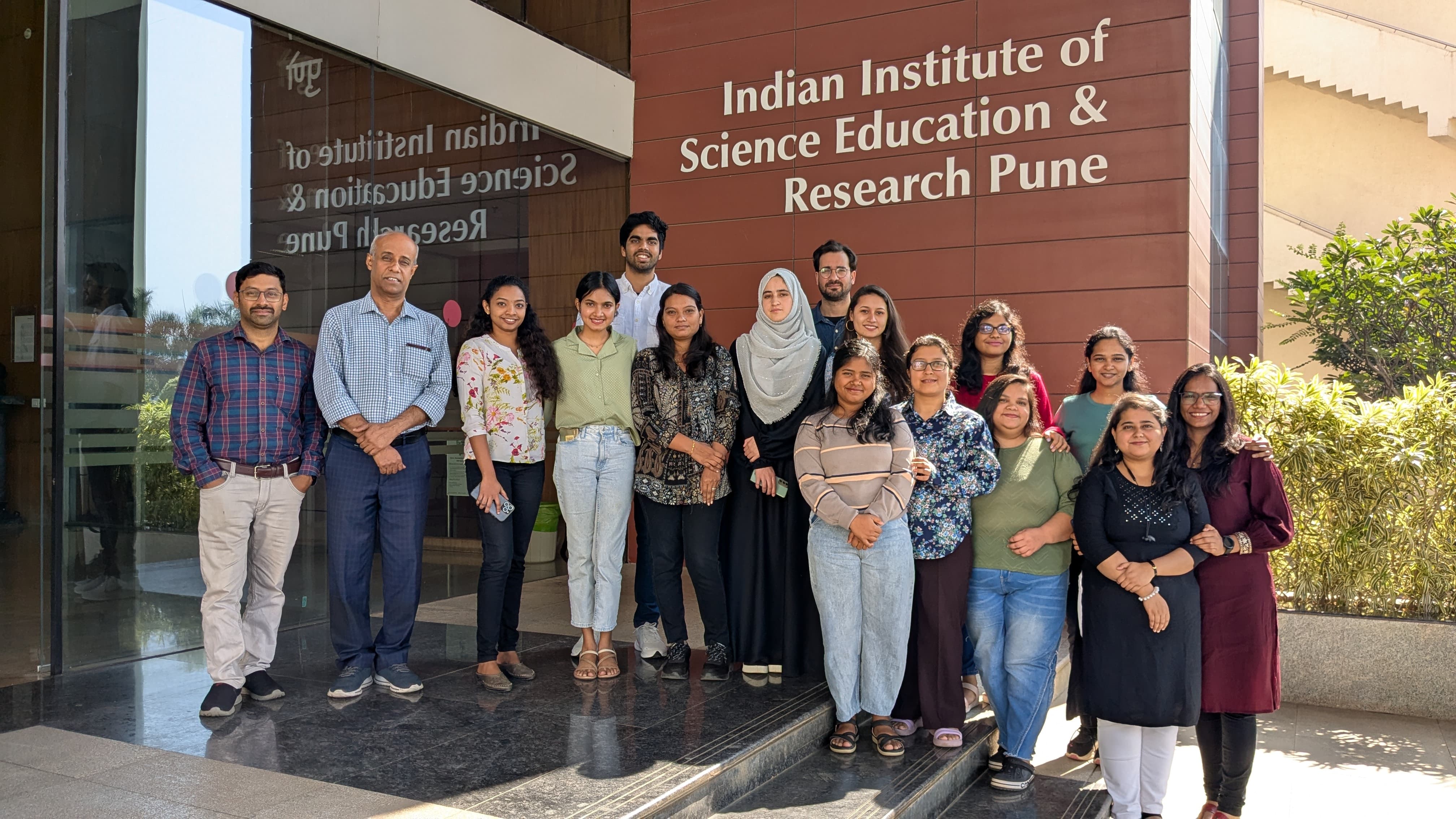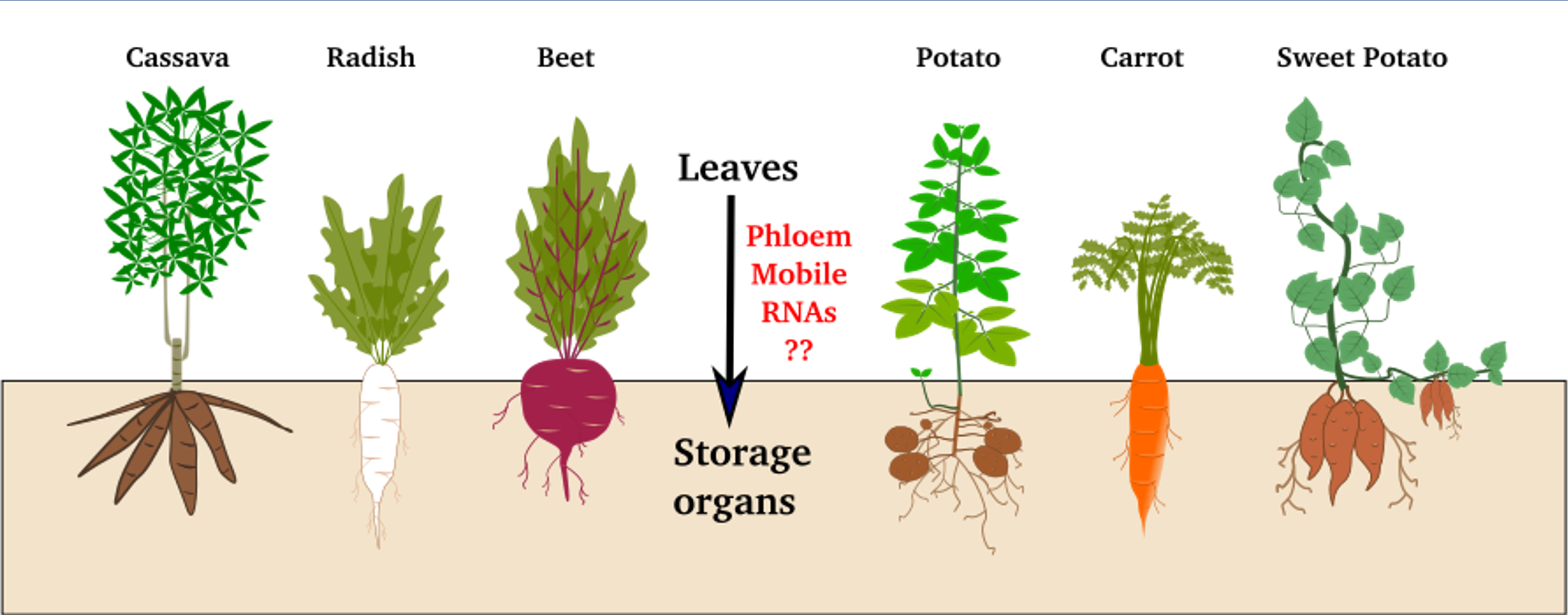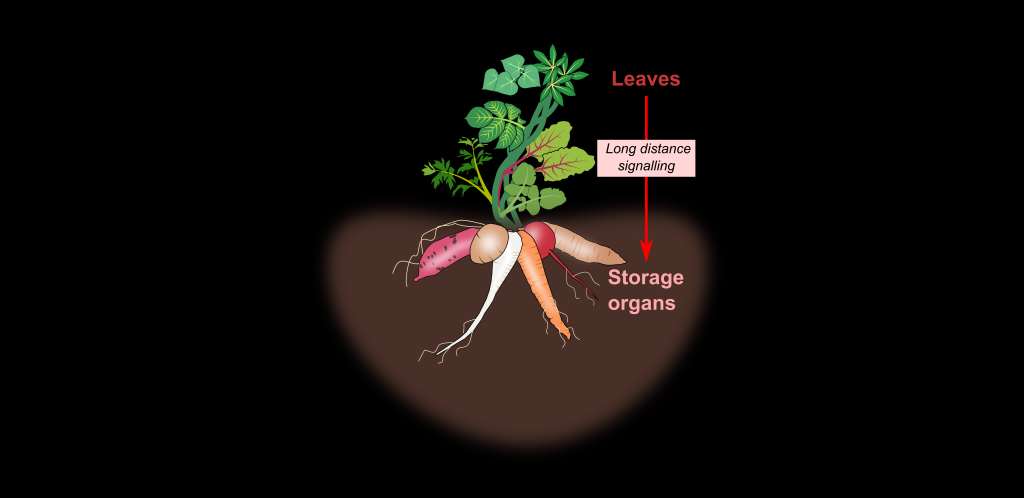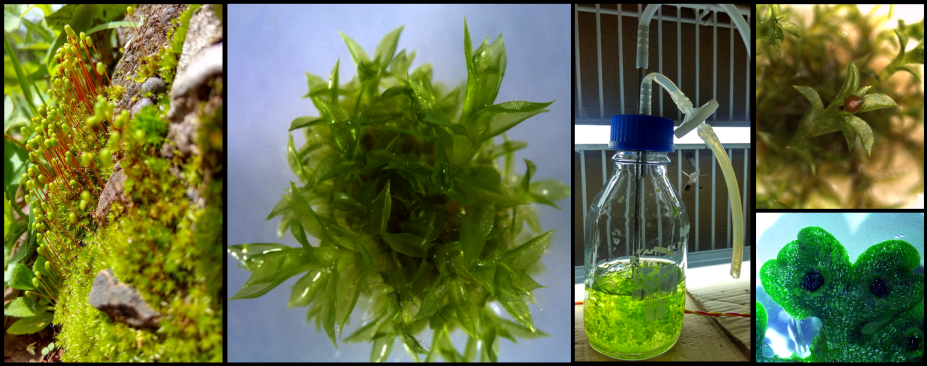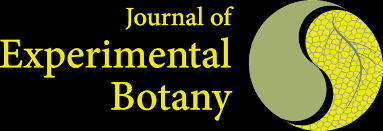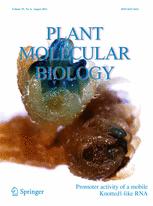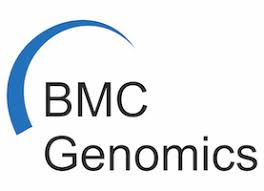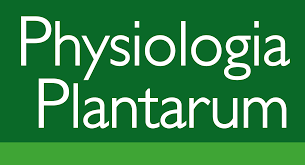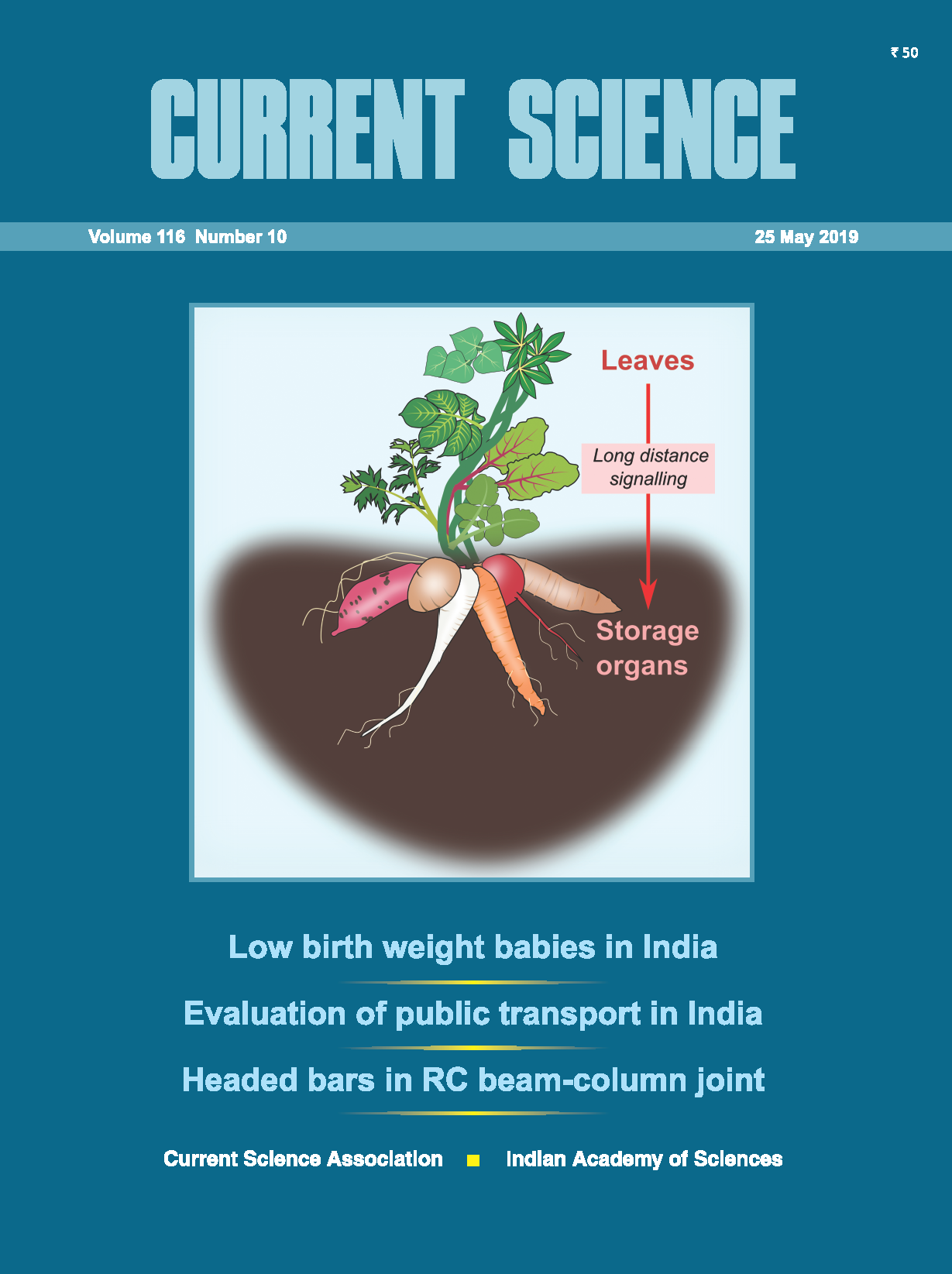Research Interests
Molecular control of potato development
Unlike animals, plants are sessile and face dynamic environmental conditions throughout their life. To adapt, they sense multiple environmental cues and synchronize their developmental programs accordingly. Photoperiod is one such environmental factor that plays an important role during tuber development (tuberization) in potato (Solanum tuberosum ssp. andigena). The stolon (a modified below-ground stem) passes through various developmental stages and matures into a potato tuber under short-day (SD) photoperiod condition. One of our primary interests is to understand this long-distance signaling mechanism that drives an underground stem to a potato. Previously, we have identified several phloem mobile signals that could regulate potato development. These include homeobox genes belonging to KNOX (POTH1 & POTH15) and BEL1-like transcription factors (StBEL5, -11, -29). We showed that StBEL5 acts as a positive regulator, whereas, StBEL11/29 act as negative regulators of tuber development. Further, we demonstrated that miRNA156 is a phloem mobile signal in potato and its overexpression leads to the development of aerial stolons and tubers from axillary-nodes under SD conditions. Considering the role of PcG proteins in plant developmental transitions, we hypothesized that they might be involved in stolon-to-tuber development and presently their role being investigated. Our findings indicate that polycomb genes could regulate miRNA156 expression and hormonal-responses to control potato development. To understand the dynamics of stolon to tuber transition, through a deep sequencing approach, we have identified a plethora of small RNAs, phased siRNAs and their putative target genes and selective candidates are being explored to decipher their function in tuber development. A combination of advanced molecular techniques, bioinformatics, transcriptomics, ChIP-seq approaches and high-end imaging tools are used to address these questions.
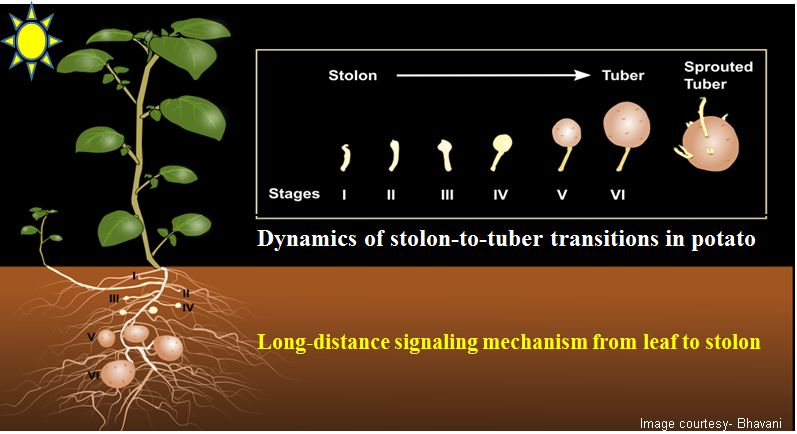
Potato-Phytophthora interaction and the role of microRNAs
Our primary interest is to decode the molecular signals that govern potato development and involved in yield. Very often potato plants encounter diseases which decrease overall yield. As a plant, it is very important to maintain balance between growth and defense to attain optimal development. We have highlighted the role of a microRNA in the maintenance of growth-defense tradeoff in potato during infection by Phytophthora infestans (Natarajan et. al., 2018), an oomycete that causes devastating Late blight disease in potato. Our study shows that miRNA160 and its target gene ARF10 are associated with local and systemic defense responses of potato. ARF10 appears to regulate the enzyme GH3.6, which is at the conjuncture of auxin-salicylic acid crosstalk. The hormones auxin and salicylic acid promote growth and defence, respectively, and GH3.6 uses both as substrates for conjugation. The miR160-ARF10-GH3.6 module potentially regulates growth-defense tradeoff in potato (Figure 2). Further, we are interested in understanding the role ARF16 and ARF17 (targets of miR160) and any other miRNAs in defense responses of potato.
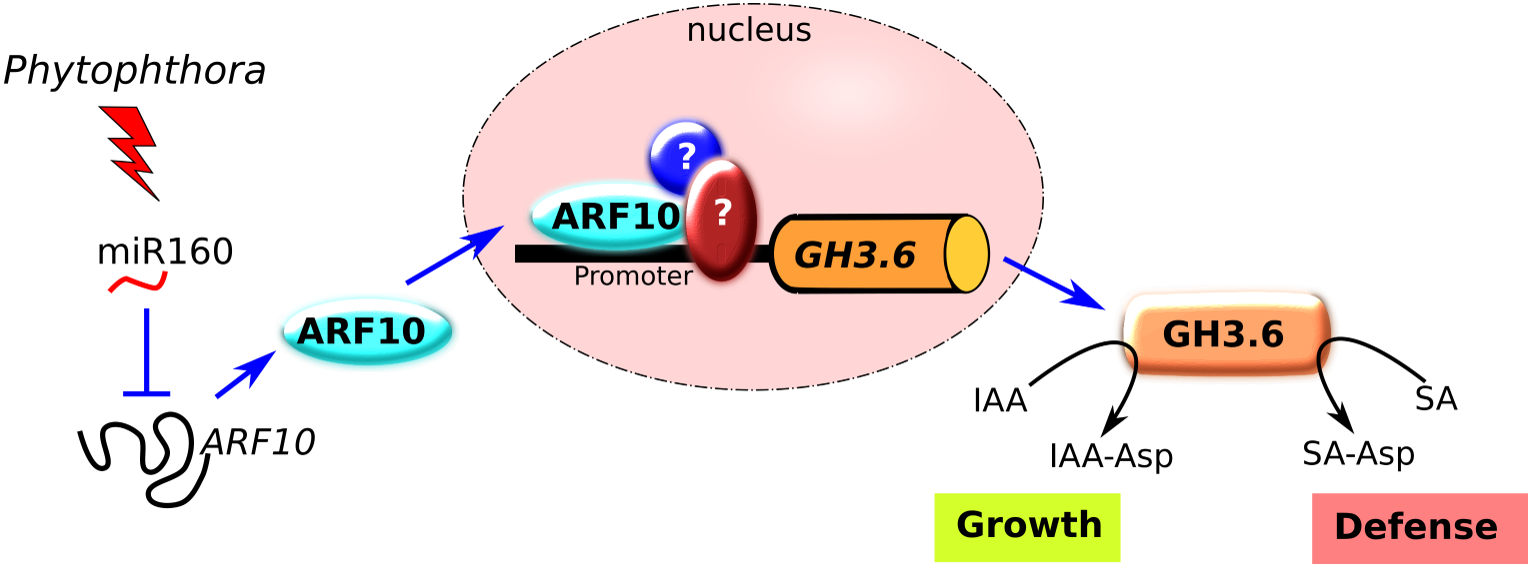
Evo-devo using moss (P. patens) as a model- A forward genetic approach
Mosses are extant land plants, having highly diverse tissue types in it’s gametophytic body plan. Though morphologically moss gametophores (n) exhibit striking similarities with vascular plants (2n), their gametophytic body plan has evolved independent of their sporophytic (2n) counterpart and remains largely unexplored. Recent reverse genetic studies of important developmental genes on moss showed little or no functional conservation with the much studied vascular plant sporophyte development. Using P. patens as a model, we wanted to understand gametophore development and adopted a forward genetic approach. We took advantage of tobacco Tnt1 retrotransposon as a mutagen for its preferential transposition into gene-rich regions and developed stable Tnt1 insertional mutants. Our preliminary screens (Fig 1) yielded many interesting mutant lines having gametophore developmental defects. Characterizations of the individual mutants may provide crucial insights with respect to evolution of gametophytic (n) body plan in plants.
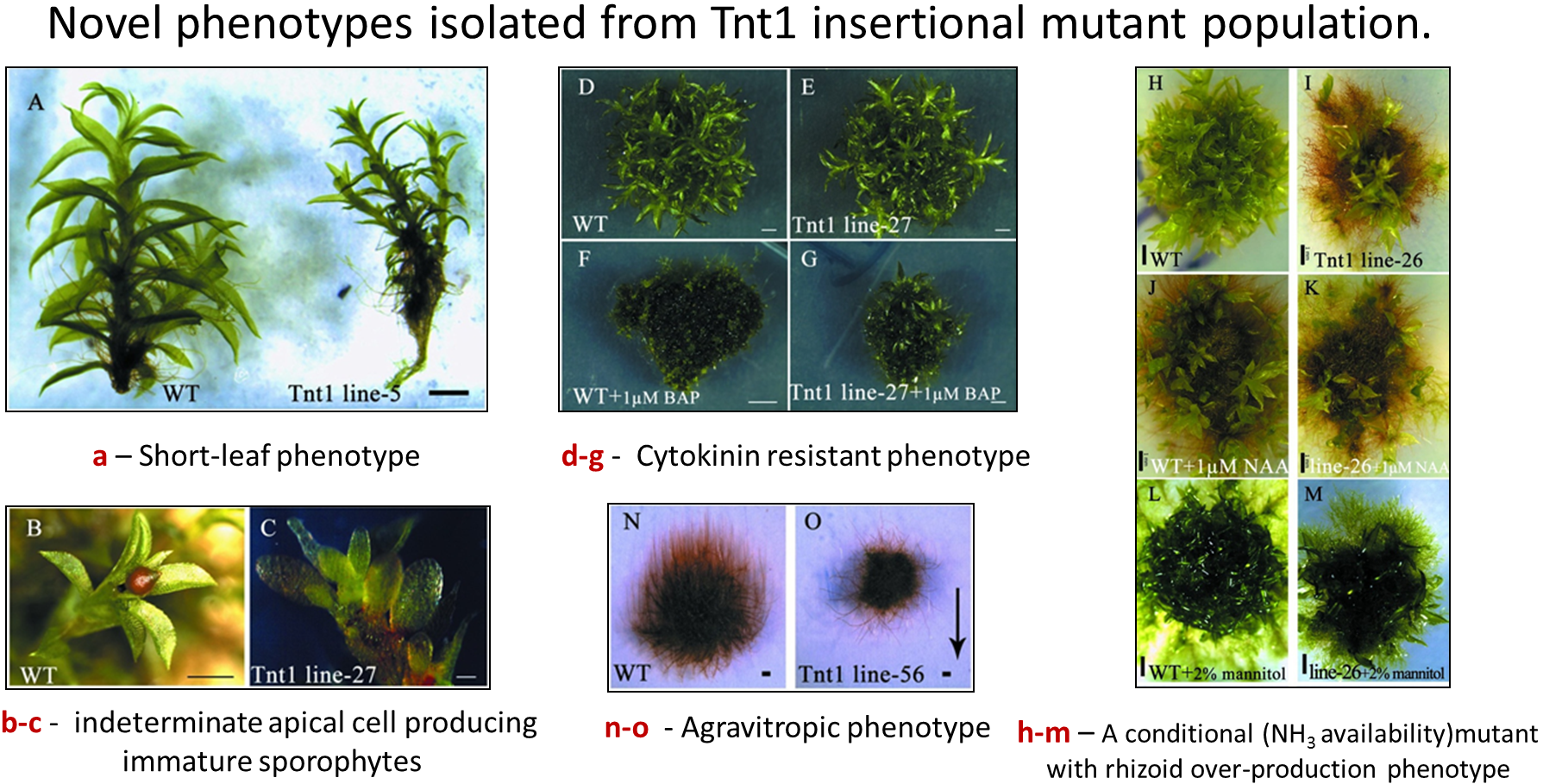
Sex expression and modification in Coccinia grandis – a new model to study dioecy
Majority of the angiosperm species are co-sexual. Only ~ 6% of angiosperm species are dioecious having separate male and female individuals. Coccinia grandis is one such dioecious species having heteromorphic sex chromosomes (Male: 22A+XY & Female: 22A+XX). C. grandis belongs to Cucurbitaceae, a family known for its diverse sexual systems. We have also identified a rare gynomonoecious form of C. grandis (22+XX) that bears pistillate (GyM-F) and hermaphrodite flowers (GyM-H). Interestingly, application of silver nitrate (AgNO3) on female plants induces stamen development leading to the formation of morphologically hermaphrodite flowers (Ag-H). We have taken a de novo transcriptomics and proteomics approach for identification sex-biased gene regulation to understand the sex expression and modification. We aim to identify sex-biased genes for further investigation of stamen arrest, pollen fertility, and AgNO3-mediated sex modification in C. grandis.
